BY DEBAJYOTI CHAKRABORTY
AIZAWL, 21 JULY 2022
FESTIVALS OF MIZORAM
Apart from a deep zest for life, the other important aspect of Mizo traditions is agriculture. A lot of the general populace is involved in slash-and-burn or “jhum” cultivation. These agriculture cycles and seasons deeply define the yearly calendars of the Mizos and inspire their festivals and celebrations. Although, after Christianity was adopted widely in the State, the drinking of rice beer at these festivals was discontinued. However, recently, efforts have been made to revive these older traditions and festivals.
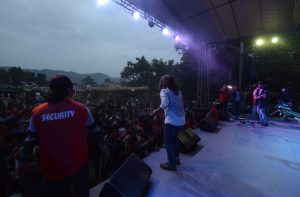
New Year
There is much merriment all over Mizoram when New Year’s Eve approaches. Just like different parts of the world, fireworks and crackers were burnt here during these celebrations. However, in 2009, the government of Mizoram declared a complete ban on fireworks of any kind. This ban was welcomed by the Mizos and is continuing even now. As the state is predominantly Christian, most churches organize midnight services and the state funds several concerts in Aizawl and the various district headquarters. These are organized in collaboration with the Young Mizo Association. Popular singers and musicians perform at these concerts, making them thorough hits with the public.
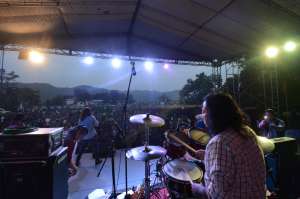
Chapchar Kut
Cultivation cycles are at the centre of this festival. Shifting or “jhum” cultivation is practiced here in which clearings are made in forest land and the felled trees and shrubs are left to dry under the Sun for burning purposes. “Chapchar” refers to this period in the cultivation cycle. This gives the farmers some rest and respite and they use this time to celebrate the Chapchar Kut festival. It is also a time when the warm weather slowly makes its presence felt, replenishing nature and providing fresh breeze. Age no bar, and dressed in colourful finery, the Mizos celebrate with much abandon.
In the present day, Chapchar Kut is celebrated on the first Friday of every March at AR Ground, Lammual in Aizawl and is considered one of the biggest State festivals. It is organized by the Art and Culture Department, Government of Mizoram in collaboration with other line Departments and various other NGOs. Traditional dances, folk music, ethnic food and various other merriments fill the day.
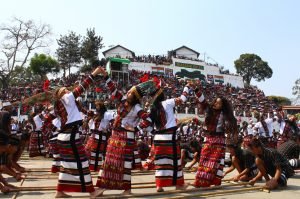
Anthurium Festival
The most popular festival celebrated in Mizoram, the Anthurium Festival is a successful tourism promotion venture of the Tourism Department. This three-day festival is held annually at the Tourist Resort Reiek, located in Reiek, a quaint and picturesque village which is about an hour’s drive from the state’s capital, Aizawl. Truly representing the state, it is celebrated as a festival amidst nature during the peak season of the beautiful and exotic anthurium blossom. Best described as an extravaganza of culture, music, dance, games, fashion shows, handloom and handicrafts exhibitions, and traditional cuisines, it is set against the majestically verdant backdrop of Reiek Mountain, blooming in a kaleidoscope of colourful anthurium flowers.

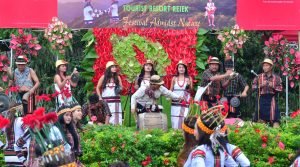
The inception of the Anthurium Festival is the large-scale production of anthurium flowers by the Mizo womenfolk. It is because of the efforts of the Horticulture Department, Government of Mizoram, that the anthurium flowers grew to be so popular. Serving as an initiative to help support housewives to become financially independent, this cultivation instantly gained popularity and eventually led them into the export business. The cut flowers are of the highest standards as compared to the rest of the country. Thus, came the establishment of the Zo Anthurium Growers Society in Mizoram. These cut flowers are exported to various parts of the country and even abroad. The Tourism Department, in collaboration with the Horticulture Department, launched the Anthurium Festival in 2006 to recognize and popularize this movement.

Winter Festival
This three-day festival is organized annually by the Department of Tourism, Government of Mizoram, at the Tuirial Airfield which is an abandoned airstrip located about 21 kilometres from Aizawl’s City centre. Celebrated usually during the second weekend of December, it is designed to showcase the culture and culture and traditions of Mizoram along with a variety of entertaining shows.
The Winter Festival was originally known as “Thalfavang Kut”. The essence of Thalfavang Kut reflects the close unit society and deep camaraderie that knits the Mizos together no matter where they are. The origins of this festival are deeply rooted in the tough and courageous past of the Mizos. The State was gripped by serious insurgency in the 1960s and 70s. This displaced families from their homes, villages and towns. Several Students had to seek refuge in neighboring states where they continued with their education. Not only did they have to adjust to a completely different society, but were also haunted by the tragedies they witnessed at home along with a yearning for the lush green hills of their home state. These students thus birthed the idea of Thalfavang Kut, an annual festival that was held wherever the Mizo diaspora lived. After getting together, they would perform traditional dances, sing folk songs, share their experiences, encourage each other and, at the end of the day, share a feast.
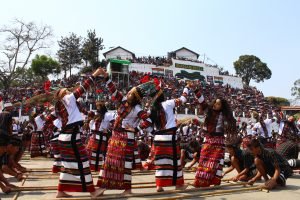
Today, the Winter Festival is celebrated with a plethora of activities, games, music and entertainment. Other features of this festival include exhibition of handlooms and handicrafts, traditional dances and music, performance by well-known artists and bands, carnivals, and local cuisine, to name a few. The main highlights of this entertaining festival are hot air ballooning and powered hang gliding: both of which are not to be found anywhere else in the north east of India. To add to the long list of activities is the annual MIMSA Motor Sports racing which also takes place during the festival. Due to proximity with the Christmas Festival, the event also incorporates a lot of Christmas spirit.
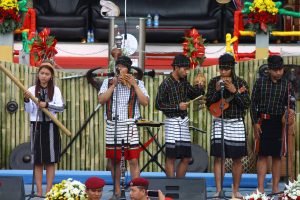
Christmas
It’s Mizoram’s most awaited festival as Christians make up a majority of the state’s population. This is especially true for the youth of Mizoram who are greatly influenced by western culture, and make the celebrations as westernized as possible. In the time leading up to Christmas day, the city is lit up in bright lights. The locals also love to decorate their homes. It is a time for families and friends to exchange gifts. There are also concerts and carols galore. On the day of Christmas, the locals go to church for special services and feasts with lavish menus. This whole season, right up until New Year’s Day, is holiday time with shops, markets and offices being shut.
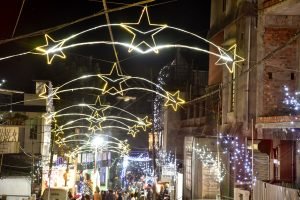
Lyuva Khutla
Lyuva Khutla is celebrated during the 1st week of March. This festival is observed when the jhums have been cut or cleared in the month of Pamih also known as March. It is the biggest festival of the Mara tribes living in the Southern part of Mizoram. This festival is celebrated in the beginning of March in Siaha District also known as Maraland. Traditional costumes are adorned on this day and cultural dances are performed by artistes. The people dance to the tune of folk songs and community feasting is observed in the evening.
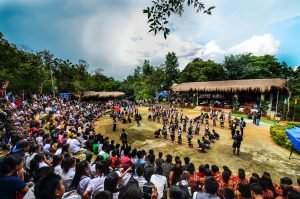
Hlukhla Kut
This festival is celebrated during the 1st week of March at Lawngtlai in the southern region of Mizoram. The Hlukhla kut is a festival of Lai people. It is celebrated during March after completion of their most arduous task of jhum operation i.e., jungle-clearing (clearing of the remnants of burning). It is a spring festival celebrated with great favour and gaiety.
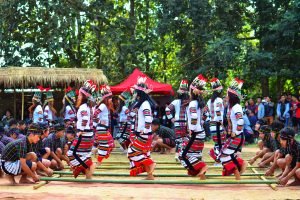
Today, the festival is observed in the last part of February or the early part of March when the trees and bamboo felled for jhum are left to dry and the shifting cultivators have time to relax and enjoy.

Advertisement:












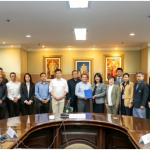

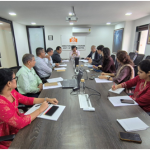




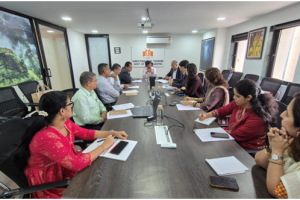
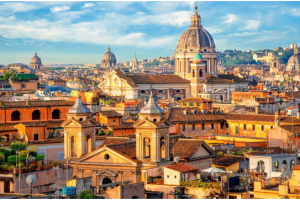
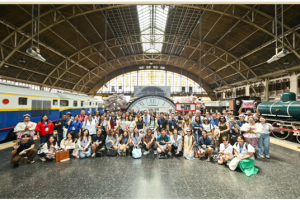







Add Comment